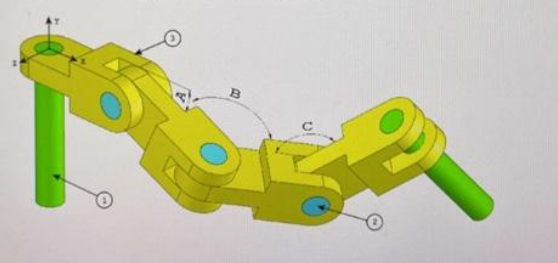Also Read
Hi friends here i'm going to add some lessons that related to practice the CSWP exam. These lessons are very helpful those who prepare for CSWP exam conducted by SOLIDWORKS Corp. Here we also providing the solidworks files that you can download the files. The pages containing the brief description about the lesson and completely explain the lesson with examples.
For EXAM & TUTORING HELP CONTACT ME
1. Introduction to SOLIDWORKS.
2. Parts overview.
3. Assemblies overview.
4. Drawings overview.
5. Make fillets.
6. Make revolves and sweeps.
7. Make pattern features.
8. Create Lofts.
9. Crate surfaces using Solidworks software.
10. Use of Design tables with example files.
11. Create mates in Solidworks assembly.
12. The use of solidworks tool box.
13. PhotoView 360 and Appearances.
14. Solidworks Import/Export.
15. Customizing Solidworks
16. How to use Equations in solidworks
17. Advanced Design in solidworks
18. Solidworks Advanced Drawings.
19. Assembly Visualization
20. How to use Sketch blocks in solidworks.
21. 3D sketching in Solidworks software.
22. 3D sketching with planes in solidworks
23. Multibody parts
24. Molded Product Design – Advanced
25. Use of Mouse Gestures in solidworks software
26. Solidworks Utilities.
27. Smart Components.
28. FeatureWorks Overview.
29. How to use Design checker in Solidworks.
30. Solidworks Animation.
31. SOLIDWORKS SimulationXpress.
32. SOLIDWORKS FloXpress.
33. SOLIDWORKS Costing.
34. SustainabilityXpress in solidworks.
35. DimXpert Tutorials in solidworks.
36. Tolerance Analysis tutorials.
37. Sustainability.
38. Analysis of part.
39. Analysis of an Assembly.
40. Nonuniform pressure



















Comments